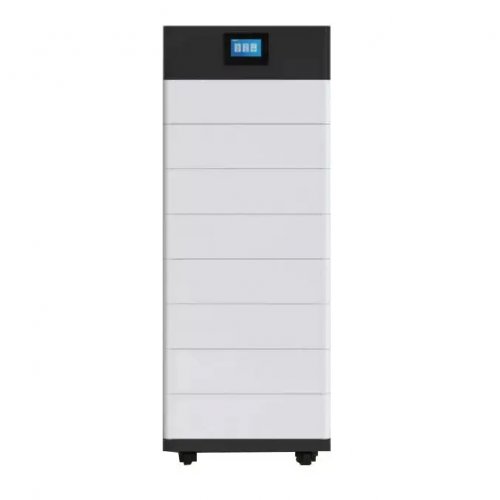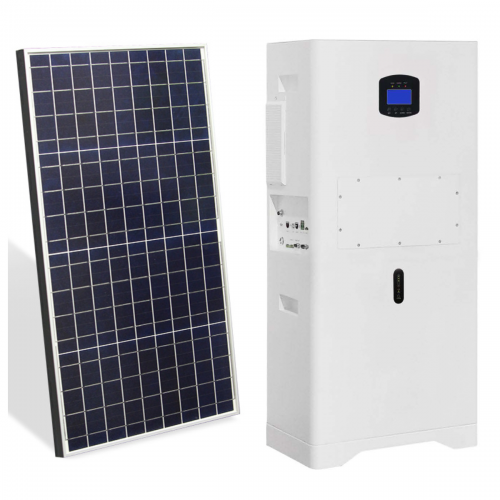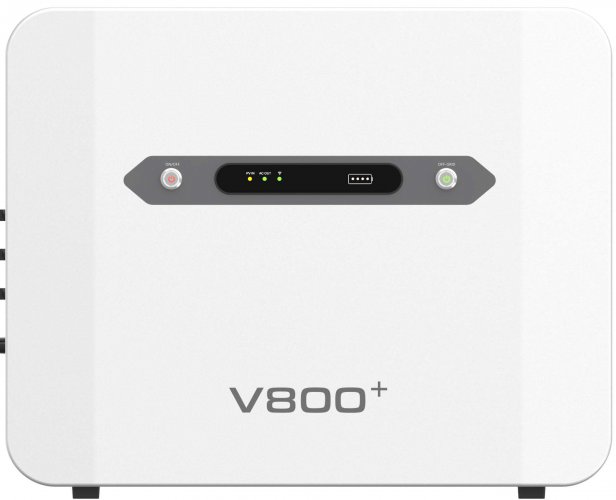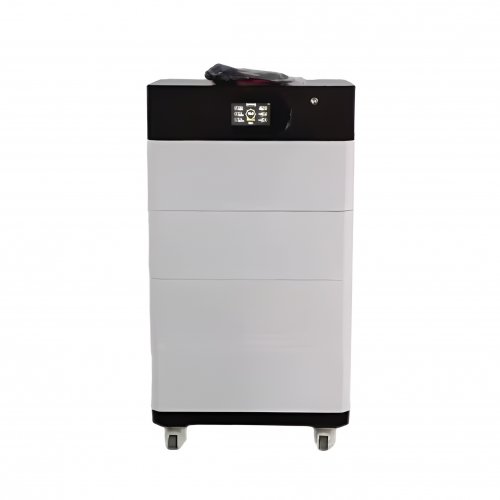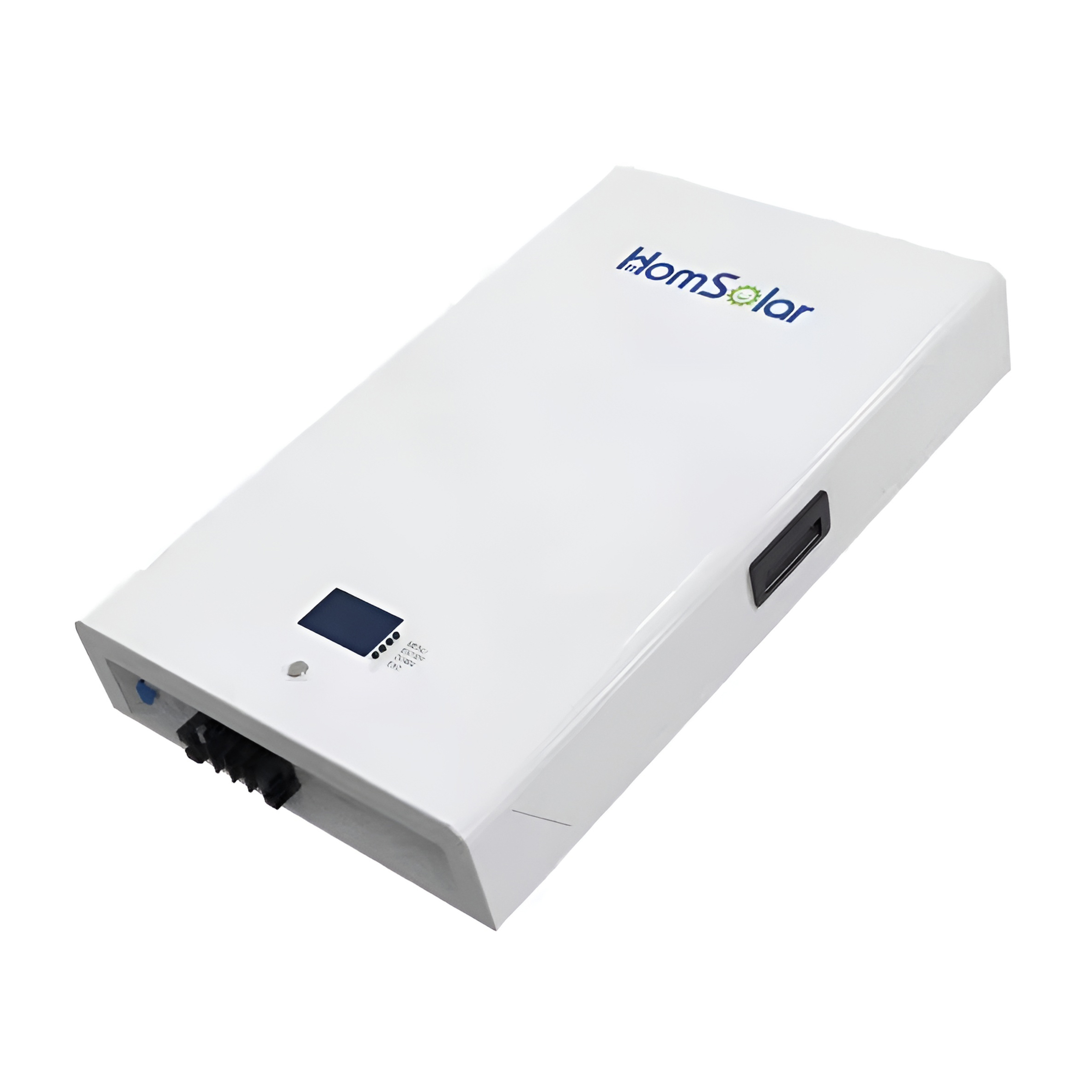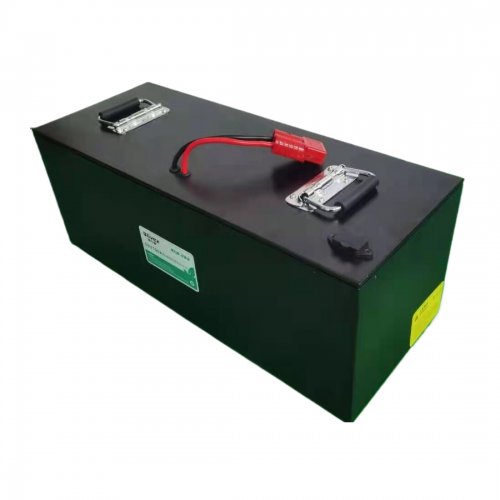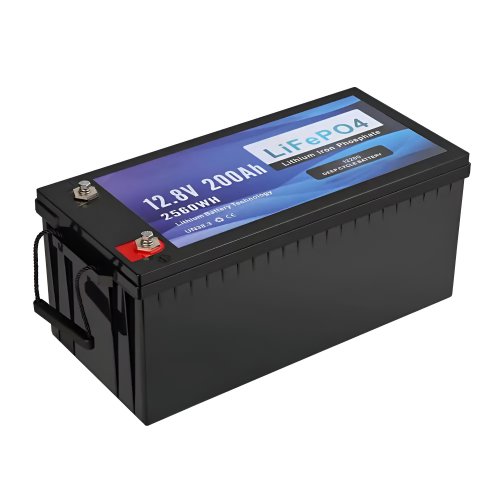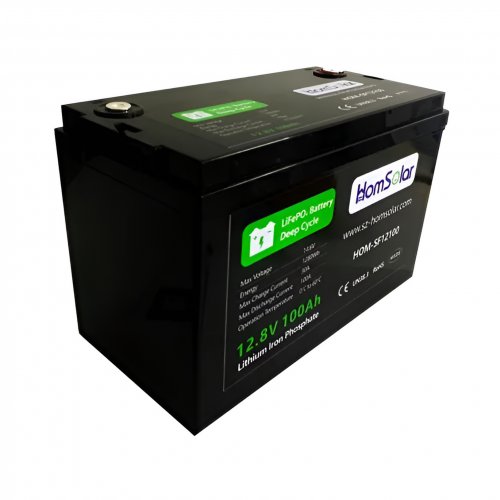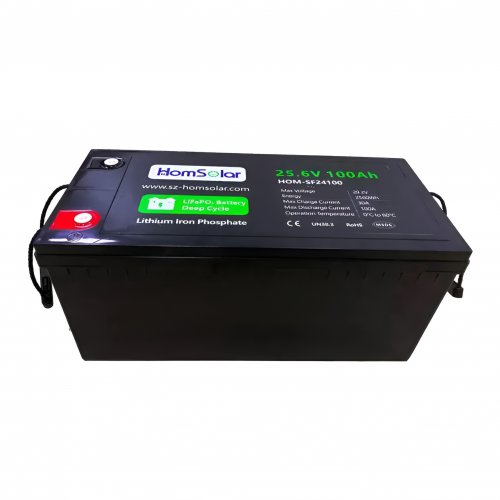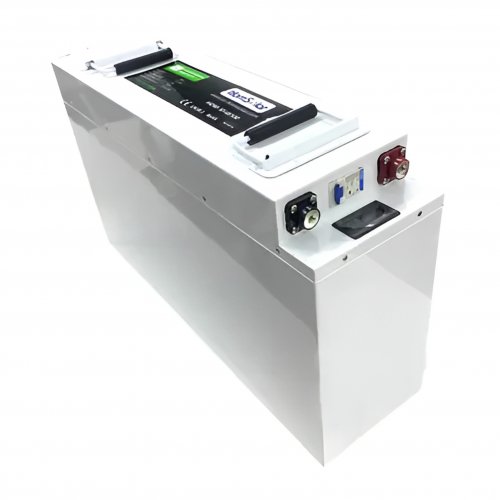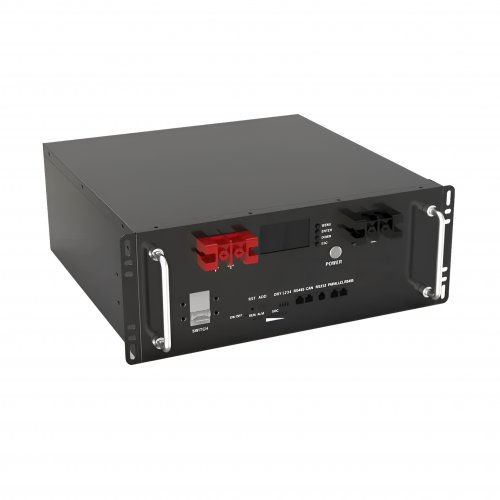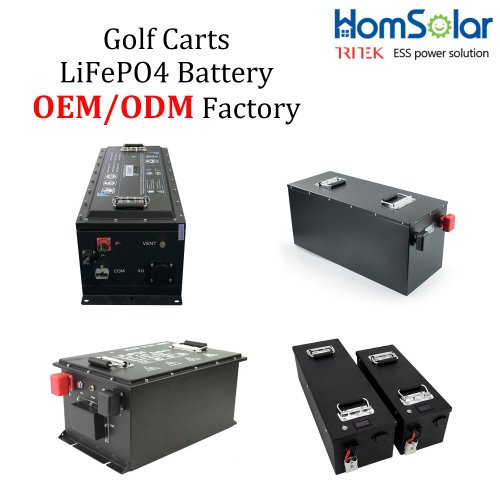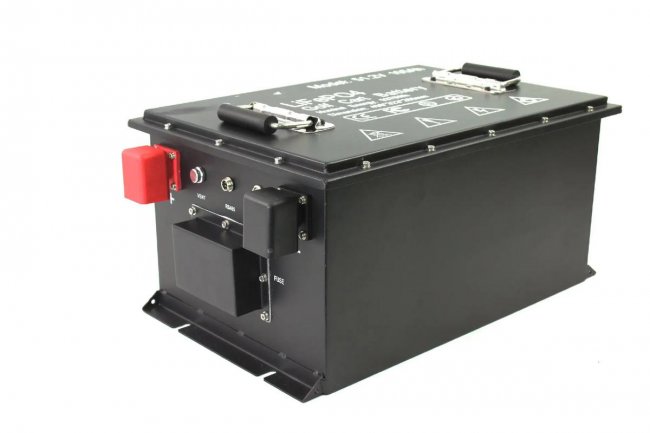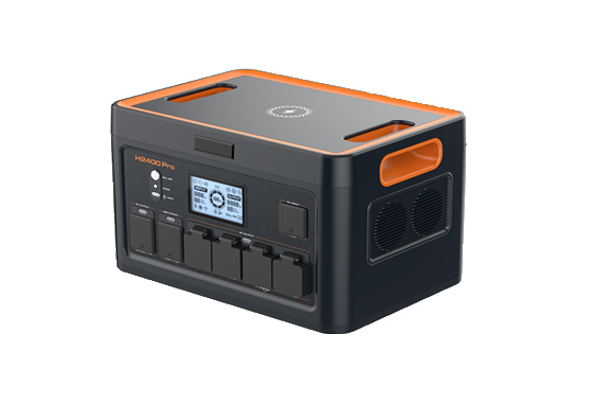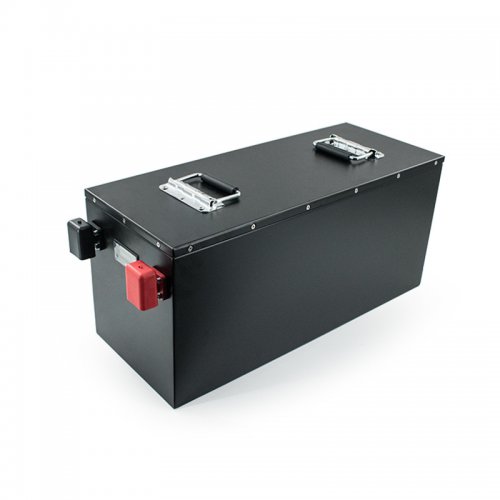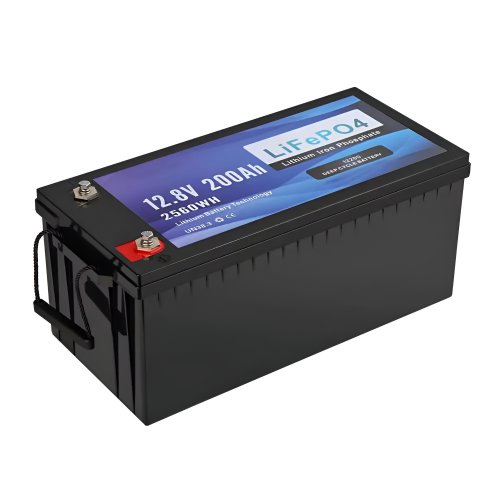Chinese scientists design hybrid heat pump providing ultra-high temperature heating at 180 C
Researchers at the Shanghai Jiao Tong University in China have designed an industrial high-temperature heat pump that uses water as the working medium and a waste heat recovery technology.
“By fully utilizing the unique advantages of absorption heat transformers at low temperatures and compression heat pumps at high temperatures, the proposed system can achieve high-temperature lifts while maintaining high energy efficiency and low irreversible losses. This is of significant importance for advancing the application of ultra-high temperature heat pumps in industrial settings,” the research's corresponding author, R. Z. Wang, told pv magazine.
The heat pump system uses waste heat by thermally coupling a water lithium bromide (H₂O/LiBr) absorption heat transformer with a water vapor compression heat pump. “Both the H2O/LiBr absorption heat transformer and the water vapor compression heat pump utilize natural water as the working medium for waste heat recovery and utilization, but they operate based on distinct principles and energy sources,” Wang added.
The system comprises an H2O/LiBr absorption heat transformer sub-cycle, a water vapor compression sub-cycle, and the absorber/evaporator-B serving as the coupling component.
The H2O/LiBr absorption heat transformer sub-cycle primarily includes an absorber, generator, condenser-A, evaporator-A, heat exchanger, pump, and valves. The water vapor compression sub-cycle consists of an evaporator-B, steam compressor, condenser-B, and valves.
The heat transformer is energized by waste heat, while the water vapor compression heat pump uses electricity. To take full advantage of both technologies a hybrid absorption-compression system to integrate the absorption heat transformer sub-cycle with the compression heat pump sub-cycle through thermal coupling, which the scientists said is the key element to achieve substantial temperature elevation and provide ultra-high-temperature output.
“The hybrid heat pump system employs the H2O/LiBr absorption heat transformer sub-cycle to recover low-grade waste heat through heat-driven processes, initially raising the temperature of the low-grade waste heat by over 10 C,” the research team explained.
“Simultaneously, the water vapor compression sub-cycle, powered by electricity, further elevates the temperature of the upgraded waste heat, achieving an output of 180 C.”
The academics simulated the performance of a 100 kW system under different waste heat temperatures and coupled temperatures. The analysis showed that when waste heat temperature is between 70 C and 90 C, the evaporation temperature in the absorber increases from 100 C to 170 C. Meanwhile, with evaporation temperatures spanning from 110 C to 140 C, the waste heat temperature climbs from 68 C to 90 C.
They also found that the system coefficient of performance increases when evaporator temperatures are higher. For example, when this temperature reached 110 C the COP value was 2.48, while at 140 C it achieved a COP of 2.81.
“Overall, enhancing the waste heat temperature and evaporator temperature in the absorber is key to improving the system COP,” they further explained. “Additionally, simulation results demonstrate that performance evaluation parameters including COP, second law efficiency, and exergy efficiency exhibit maximum values, which are influenced by both the evaporator temperature and the waste heat temperature.”
The novel system was introduced in the study “Performance investigation of a new hybrid high-temperature heat pump with natural water medium,” published in Energy.
Looking forward, the researchers said they intend to optimize the two interconnected sub-cycles, which require more advanced control strategies, precise operational conditions, and careful system design. “This may increase the initial investment and maintenance costs, as well as the need for specialized technical expertise to ensure smooth operation,” they warned. “Therefore, future research should focus on simplifying the system design without compromising performance and developing user-friendly control mechanisms that enhance system usability and facilitate broader industrial adoption.”
Customized/OEM/ODM Service
HomSolar Supports Lifepo4 battery pack customization/OEM/ODM service, welcome to contact us and tell us your needs.


HomSolar: Your One-stop LiFePO4 Battery Pack & ESS Solution Manufacturer
Our line of LiFePO4 (LFP) batteries offer a solution to demanding applications that require a lighter weight, longer life, and higher capacity battery. Features include advanced battery management systems (BMS), Bluetooth® communication and active intelligent monitoring.

Customised Lithium Iron Phosphate Battery Casing
ABS plastic housing, aluminium housing, stainless steel housing and iron housing are available, and can also be designed and customised according to your needs.

HomSolar Smart BMS
Intelligent Battery Management System for HomSolar Energy Storage System. Bluetooth, temperature sensor, LCD display, CAN interface, UART interface also available.


Terminals & Plugs Can Be Customized
A wide range of terminals and plugs can be customised to suit the application needs of your battery products.

Well-designed Solutions for Energy Storage Systems
We will design the perfect energy storage system solution according to your needs, so that you can easily solve the specific industry applications of battery products.



About Our Battery Cells
Our energy storage system products use brand new grade A LiFePO4 cells with a battery lifespan of more than 4,000 charge/discharge cycles.



Applications in Different Industries
We supply customized & OEM battery pack, assemble cells with wiring, fuse and plastic cover, all the cell wires connected to PCB plug or built BMS.
Applications: E-bike, Electric Scooter, Golf Carts, RV, Electric Wheelchair, Electric Tools, Robot Cleaner, Robot Sweeper, Solar Energy Storage System, Emergency Light, Solar Power Light, Medical Equipment, UPS Backup Power Supply.
We can provide you with customized services. We have the ability to provide a vertical supply chain, from single cells to pack/module and to a complete power solution with BMS, etc.


HomSolar (Shenzhen) Technology Co., Ltd







